The Light Lens Lab 35/1.4 Double Aspheric Replica takes me back three decades to the time when I decided to buy the original Leica Summilux-M 1.4/35mm Aspherical (11873) which was introduced in 1989. It is a lens I have been eagerly awaiting ever since I set hands on the LLL f/1.2 Noctilux clone, which I reviewed last August. I was hoping then that Mr Zhou and his team would be looking also at the Aspheric Summilux as a suitable case for replication.
As it happened, it was just a few months before Light Lens Lab produced decided to produce a replica of the most famous first version (11873) Summilux Aspherical with its two hand-ground aspheric surfaces. And almost before blinking twice, prototype No. 05 arrived at my doorstep!
The lens is drop-dead gorgeous. The hood (12582), unlike the plastic one on the original, is brass, lacquered black!
Back to the Nineties
Almost 30 years ago, I bit on buying the original lens, and used it extensively for over 25 years until its monetary value increased from just “very expensive” to that of a rare collectable. So, I sold it. To be honest, with digital sensors and increased ISOs, I felt I had little need for f/1.4 at this focal length.
When I first acquired the original Summilux, of course, I tried it out wide open. I recall taking pictures of seaweed at the coast and being impressed by both the sharpness and the contrast in the images. But how often did I really need f/1.4? I remember shooting images of parties on the quays of the Neva River in St. Petersburg during the White Nights. The lens was likely wide open. I made images of the Swedish ship “Vasa”, kept in near darkness for its preservation after its raising from over three centuries at the bottom of Stockholm harbour. But I am hard-pressed to think of my other occasions for the widest aperture.
Here is one of my images with the original lens, part of the hard-carved stern ornamentation from the astonishing Vasa, likely 1/30 or 1/15 sec at f/1.4 handheld, shot with Fujifilm Velvia on an M6. Note the silhouetted heads of other museum-goers in the immediate foreground. Very, very low light.
Here are the quays on the Neva in St. Petersburg, perhaps at 1 am during the White Nights, before the bridges go up. Atmospheric perhaps, and at a kinder moment of Russian history than now, but not a very interesting shot nor very sharp. The people dressed up, in wedding attire, and this was clearly an auspicious occasion. Taken wide open with the original lens at probably 1/8 to 1/4 second on Velvia.
With part of my proceeds from selling the 11873 Summilux, I bought an APO-Summicron-M 35mm f/2 ASPH, and still had plenty of left-over funds. But in my subconscious, there was always a sneaking affection for the Leitz.
The arrival of the Light Lens Lab 35/1.4 Double Aspheric Replica was like the return of a long-lost son. As I have used it, this feeling has only been strengthened.
Via David Yu-Heng Chen, my contact at LLL, Mr. Zhou sent along MTF graphs comparing the replica with the original, as well as comparative Relative Illumination, Distortion, and Astigmatic Field Curvature graphs. All hewed very closely to the original. Here are MTF plots wide open and at f/4.0, for example.
Over the years, Leica has produced several versions of the aspheric 35/1.4. Other than the 11873, the rest have one moulded aspheric. Years ago, when the successor 11874 first came out, Dick Gilcreast and I did a side-by-side shoot-out with the two lenses. There were at most very subtle differences, but essentially the two lenses performed identically. You can read about what we did and found in Viewfinder 30/1, 1997, below:
Prototype 05 turned out unfortunately to have subtle rangefinder coupling issues, but was otherwise fully usable on my M10s with a Visoflex electronic viewfinder. I dislike through-the-lens focusing, much preferring a rangefinder, and as I age, I am even less good at hitting focus with the former method. As a result, I am only presenting my success stories in which focus was achieved (except one). Nonetheless, these results were very satisfying.
Light Lens Lab 35/1.4: The backstory
Mr Zhou had much to say about this lens. I am repeating part of it as transcribed and translated by David and edited by myself.
“The story of researching and developing the 35mm f/1.4 ASPH “11873” goes back to 2019 when the idea of producing a fast and performance-oriented 35mm f/1.4 came to our mind. In 2019, we were still considered amateurs in lens production, and similar to the 50mm f/1.2 ASPH, we had yet to learn of the difficulties in ASPH element manufacturing.
“Our goal is that, for each of our focal lengths, we will have a high-performance lens — for 50mm would be the 50mm f/1.2, and for 35mm — it would eventually be the 35mm f/1.4 ASPH “11873”. Our aim with each of our products has been the challenge of lenses that are difficult to produce, and added to this is the challenge of producing not one but two ASPH elements for 50 and 35mm focal lengths.
“When the 35mm f/1.4 ASPH 11873 was first introduced by Leica in 1990, the understanding, methodology and theoretical aspects of the aspherical manufacturing process had been refined, and you might say “polished”, in the twenty years since the introduction of 50mm f/1.2 ASPH in 1966.
“As innovative as the use of ASPH elements were in 1966, there were a handful of problems during the production of 50mm f/1.2 ASPH lenses back in the day; most have to do with its high failure rate and inconsistencies with lens rendering. However, the biggest issue would be the design itself in 1966 – the challenge of utilizing ASPH elements – one at the first element and one at the last element (hence, we also called the 50mm f/1.2 AA). From a technical standpoint, the front and rear Elements have to be almost 50mm/45mm in diameter to capture the amount of light for the f/1.2 aperture. The sheer size of the two ASPH elements made it nearly impossible to produce.
“However, if you look at the optical formula for the 35mm f/1.4 ASPH “11873”, the two ASPH elements are located in the second and last grouping of the optical system respectively. The design change is an improvement compared to the 1966 design, as the ASPH elements are now closer to the aperture stops.
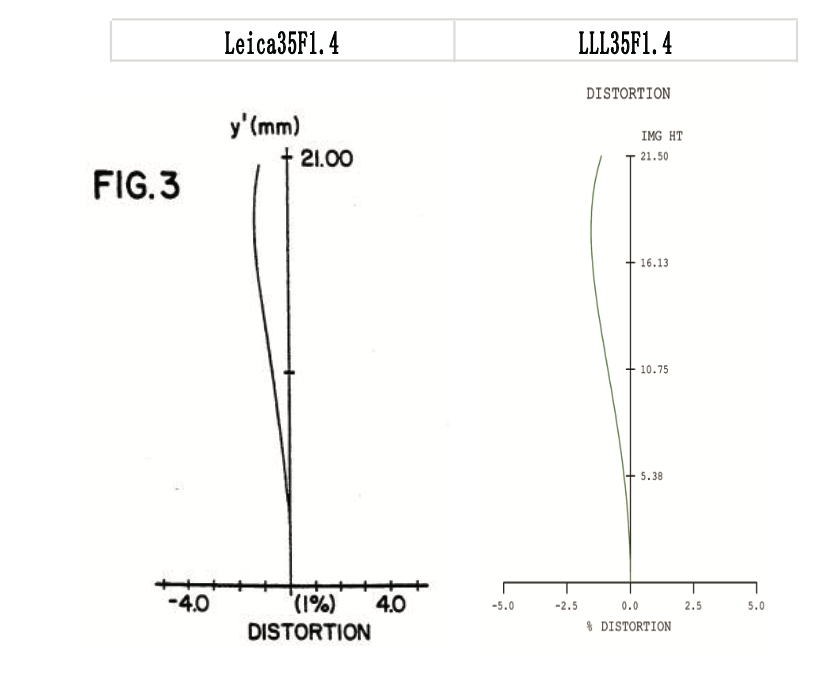
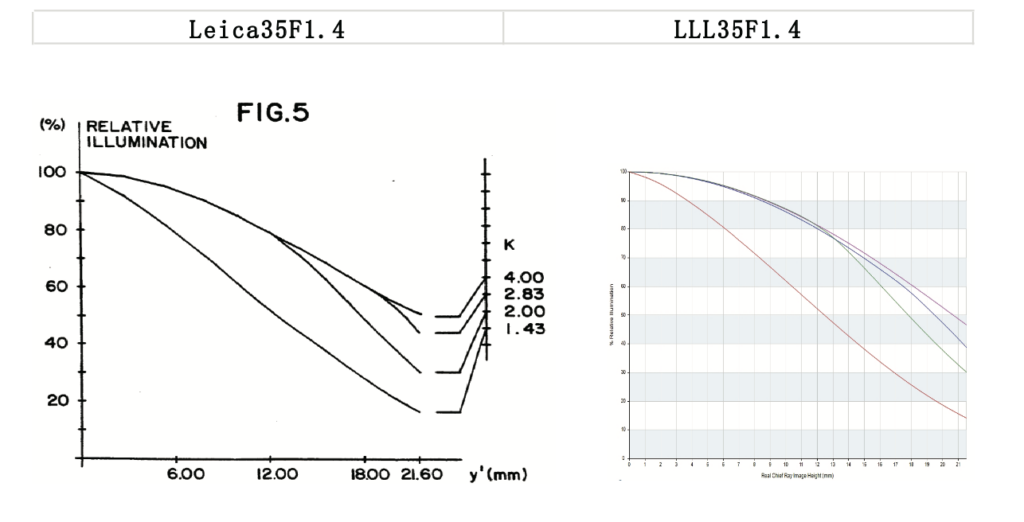
“There are two reasons for this change. One is for improvements in rendering and performance since the light rays are now more concentrated and processed at the aperture section using ASPH elements. It was expanded to the image circle at the rear with another ASPH element, thus improving its sharpness compared to non-ASPH design. (Such a process could not have been done in 1966 because computerised design and 3D modelling techniques were then non-existent).
“The second reason would be the decrease in ASPH diameter, which would mean a reduction in production cost and ease of meeting ASPH design tolerances, implying that less of a failure rate and more consistent rendering with each lens. The rumour is that Leica had no profit, even a financial loss, in producing each 11873 lens due to the sheer difficulties in production; this speaks volumes to the challenges they faced even for their output during the 1990s.
“As per the example of our 50mm f/1.2 ASPH, we went through several prototype tests before going into the official production phase. These prototyping phases are examples of the difficulties of researching and manufacturing ASPH elements at a high level. In retrospect, with spherical lenses like 35/2 Eight Element, we had only to go through two prototype phases before we were satisfied with performance and rendering close to the original 35mm f/2 version one.
“Upon initial testing of our 35mm f/1.4 ASPH “11873”, we were satisfied with sending it out for reviews due to our experience with handling its rendering and its similarity in performance compared to the original 35mm f/1.4 ASPH “11873”. But in reality, we were not satisfied since it is the first version of the prototyping phase.
Following our rigorous testing and reviewing, there are many improvements and considerations we felt were not given to this initial prototype lens. We wish to improve several factors for the production version (things such as colour fringing and rendering). One major factor we want to improve with the production copy is the out-of-focus / bokeh, to give more of a “glow” at open aperture.
“This factor was not apparent with the prototype copy, as we had overcorrected it during our spherical aberration correction testing and eliminated the “glow” when modelling on our optical software. Another factor we wish to improve upon is optimizing for digital sensors. With the prototype lens, we did not optimize for digital sensor glass and only optimized for film plate, as the lens was manufactured in 1989 with no digital camera being made.
“With the surge of high-resolution digital sensors, we plan on a design that can be used for such cameras. We aim to improve our line-to-line rendering performance with further prototypes and testing before we feel confident to begin production. It is important to mention that the MTF that I provided is for the initial prototype that was sent to the reviewer. There will be modifications to the charts themselves once we refine our prototype before going into production.
“Furthermore, with the 35mm f/1.4 ASPH” 11873”, I am confident that we will also improve our aspherical polishing groove processing and keep the onion ring defects to a minimum.”
Comparisons
The first thing I needed to test out with the new LLL replica was how objects looked near the periphery of the lens field at f/1.4. Here is a photo, focused on the little bird feeder, but the field was then shifted so that this target was now close to the short edge. I was impressed.
Here is the full-frame overall view, with the bird feeder at the right:
And here is a close-up from the image — very sharp. There is chromatic aberration on the wires and roof of the feeder, but the reproduction is likely not large enough to see this (see below):
Flare tests
The next crucial tests were how the lens behaved in a situation of possible flare.
First off, I took images with the sun in the picture, at f/1.4 and f/2.0. There were mostly no major issues with internal reflections, and no ghosting. There was veiling flare over the part of the image nearest the sun, with a colour change from chromatic aberration. Here is the most offending of such images I took, at f/1.4, which does indeed show a line from internal reflections, and a definite purple colour change where the sun is in the immediate background. That reflection was gone at f/2.0, but the CA remained. For what it is worth, vignetting seemed minimal.
Of more importance to me photographically was how the lens handled a very bright sky near the sun, such that flare wipes out the contrast and flattens dynamic range. Shooting from the shadow side not infrequently presents such a potential issue.
I ran into this sort of situation recently after attending the 2023 Leica Society International Annual Meeting in Wetzlar. I was taking a ferry across the Rhine. In the distance was Burg Pfalzgrafenstein, one of the many Schlösser that decorate the banks and heights — but here on an island. The water and lighting presented an almost ideal picture-making test for shooting into the light, although the sun itself was just outside the frame. I was using an M10 Monochrom. Here is the general scene; I have my exposure dialled down by 2/3 of a stop routinely with this camera, and this is what I got at f/4.0:
Flat lighting to be sure, due to some veiling flare, but below is a digital zoom-in to the castle, with a bit of adjusting levels, showing that there was still much more useful dynamic range information available:
Chromatic aberration
Let us talk more about chromatic aberration, an “issue” with this lens as mentioned above. I put “issue” in scare quotes because many lenses tend to have this problem unless they are apochromatic. When Leitz / Leica made the first lenses utilizing aspherics for better control of spherical aberration, chromatic aberration was still a property of some designs.
When I owned the 11873 lens, it never occurred to me to test for CA. It was the best lens of its focal length available at the time and was state of the art. It was clearly better wide open than its predecessor, the Summilux-M 35/1.4 version II, and I found nothing in its performance that put me off.
Leica has tweaked this lens since in ensuing offerings, but it is still selling largely more or the same lens for use today, and chromatic aberration is a known entity here. Chromatic aberration sliders in Lightroom exist because CA is present in many of the images we shoot. For me, it is an issue to be aware of, but usually a non-issue in practice. CA is both ubiquitous and can be attenuated in post-processing. With film, it mostly barely registered.
However, “mostly” is not “always”. For years, when I visited the California or Arizona desert, I attempted to make images of backlit cholla cactuses because they looked so magical. Likely, I often used the 11873 lens for this. I was never fully successful with this endeavour, and I would possibly now attribute my failures to chromatic aberration degrading the images: the spines were sharp-appearing, but somehow not true-to-life realistic. For what it’s worth, when I tried this with my Hasselblad, I got better results, so who knows.
For our interest here, I took tripod-mounted images with the 11873 replica and the APO-Summicron-M 35/2 ASPH lens at f/2.0, focused on tree branches against a bright sky, sun in the picture, to check CA. Here are two of my images, showing the central portions of their fields, enlarged to 200%. The first is from the LLL 11873 replica (showing CA), the second from the APO-Summicron-M 35/2 ASPH (with very minimal CA).
Note that despite the purple colour fringing, everything is still razor sharp.
Mr. Zhou spoke about this CA:
“First, it is impossible to compare colour fringing between APO-corrected and non-APO lenses. Second, suppose we use any lens on a digital sensor that exceeds the lens’s rendering capabilities (such as a 60mp sensor with a lens that was designed in 1990 and optimised for a film plane sensor). In that case, colour fringing will begin to appear. We aim to refine our lens performance with several prototyping phases before the official production version, such as minimising and improving fringing, optimising for the digital sensor plane, and also optimising for high-resolution digital sensors.
I did not see noticeable focus shift with this lens, something that has been reported with the later 35/1.4 aspherics.
Predictable
Having satisfied myself that the lens felt quite similar to my old Leica version and performed predictably for me, I continued making images with it, both on the Rhine and during a stay in Mainz. I present these images as representative of what this lens can do. Almost all are from the M10 Monochrom. Most of the images are full-frame, some are cropped, and two have clouds added to the skies. Most are taken at about f/4.0 unless otherwise indicated. Levels have been adjusted. Nonetheless, no sharpening was done, except for one image.
Almost full frame; focus was on the photographer, not the barge.
Typical scene on the Rhine, the village of Kaub — vineyards and Burg Gutenfels high above (now stating it is a hotel). Partial crop.
300% zoom
Full fame of one of the many cruise ships giving scenic tours on the Rhine.
The behaviour of the people on this scenic cruise can be viewed almost as individuals by zooming in. (Most of them are photographing the far bank). Impressive acuity. I am guessing that if I was shooting with a more than 40MP sensor, there would be even more detail here.
Here is the zoom-in at 300%. I did use an AI resize tool to enlarge this crop, so likely some sophisticated sharpening. Amazing to me nonetheless!
Sharpness
Full frame informal portrait at near close focus at f/4.0. Wonderful roundedness and sharpness.
Another grab shot, full frame, almost wide open.
The Bahnhof, main railway station, in Mainz, taken from a building across the street. Full frame, f/2.8.
This shot of the rear aspect of St. Martin’s Dom had nothing critically sharp about it, perhaps due to my shooting near wide open and having to use the Visoflex. So I sharpened it. Focus had been on the light fixture, and you can see the shallow DOF from the pavement stones.
In Marktplatz. Mainz.
In the corner
No, this is not Elliot Erwitt on a bad day, but the lower left quarter of an image at f/2.8 to show how sharply and smoothly this lens draws. Focus is on the dog.
A little statue outside the Gutenberg Museum, presumably of its protagonist, together with an empty wine bottle. Slight crop, sky added. I find the full range of tonalities easily distinguishable with this lens, never muddy or blocked.
St. Martin’s Cathedral, Mainz, front facade. Some cropping, sky added.
Highlights
Finally, here is a shot made wide open, in available darkness at ISO 6400 inside the Gutenberg Museum. It is not all that interesting a picture, but it does show how this lens draws, and how it handles specular highlights wide open. Post-processing noise reduction done.
Conclusion
What to say about this Light Lens Lab 35/1.4 in conclusion? As you can tell by my comments, I was most favourably impressed. In general, in my testing of LLL lenses, the only problems I have found have to do with quality control, such as the rangefinder coupling issue on this prototype. Everything else has been as advertised.
Lens build has been both robust and aesthetically pleasing, lens finish as good as the originals. Lens handling has been smooth and predictable. As to performance, I have only been able to make direct A:B comparisons with LLL’s 8-element replica versus the original, never otherwise owning an original at the same time as receiving a replica for testing.
As for descriptors of the lens, I would say that build-wise it seemed even more robust than the original, which always felt rather plasticky to me (even though it was metal) and which actually fell apart into two pieces once when I was out of the country. Luckily, I had a jeweller’s screwdriver with me and was able to put it back together! The overall “feel” of the LLL lens was identical to the original, as far as I could tell, very smooth, nothing at all loose. Simply a beauty! I want one.
The RF coupling issue above, more specifically. The problem was that the lens focused beyond infinity, and that differential was present throughout the focusing range. So, I needed to focus through the lens. Probably, with my handiness with jewellers’ screwdrivers and the like, I could have fixed this, making adjustments as one does on TTArtisan lenses, but I really didn’t dare. Really, the only defects I have found in LLL lenses have been this particular one, although some time ago, I felt that one lens slightly lacked proper centring of the elements, and had reported this back to Mr. Zhou — I think they are more careful now. The cinema lens and the Nocti f/1.2 I tested were flawlessly put together.
That said, the performance of the Light Lens Lab 35/1.4 double aspheric replica is very similar in my memory to that of my dear-departed original. And the latter was my photographic companion for many years of happy, reliably excellent optical performance, subject only to my skill or lack thereof.
As Mr. Zhou has indicated, the prototype I received is not the final product, so unfortunately we will have to wait longer for this lens to be available commercially. LLL has other products in their pipeline, and I could not be given any assurances as to a release date.
David tells me that no selling prices have yet been given by the company. But, to the best of his understanding, this lens will be a bit pricier than the Eight Element (this currently starts at a recommended price of $1,049 USD) because of the use of ASPH elements.
Read more from Ed Schwartzreich
Join the Macfilos subscriber mailing list
Our thrice-a-week email service has been polished up and improved. Why not subscribe, using the button below to add yourself to the mailing list? You will never miss a Macfilos post again. Emails are sent on Mondays, Wednesdays, and Fridays at 8 pm GMT. Macfilos is a non-commercial site and your address will be used only for communications from the editorial team. We will never sell or allow third parties to use the list. Furthermore, you can unsubscribe at any time simply by clicking a button on any email.
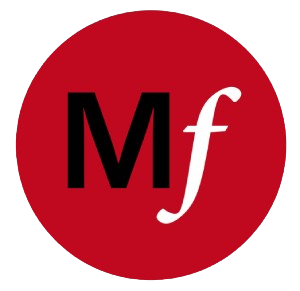
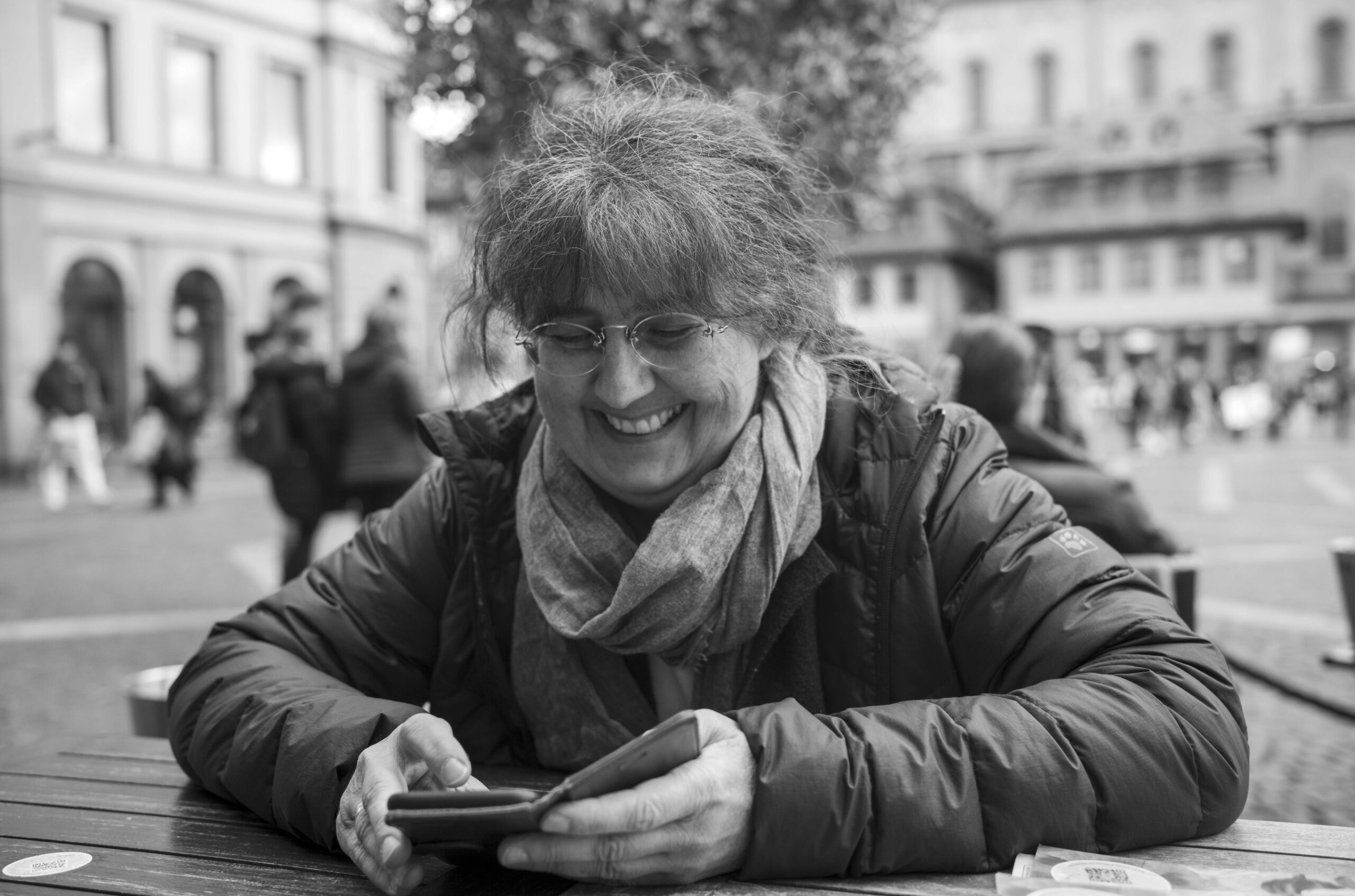




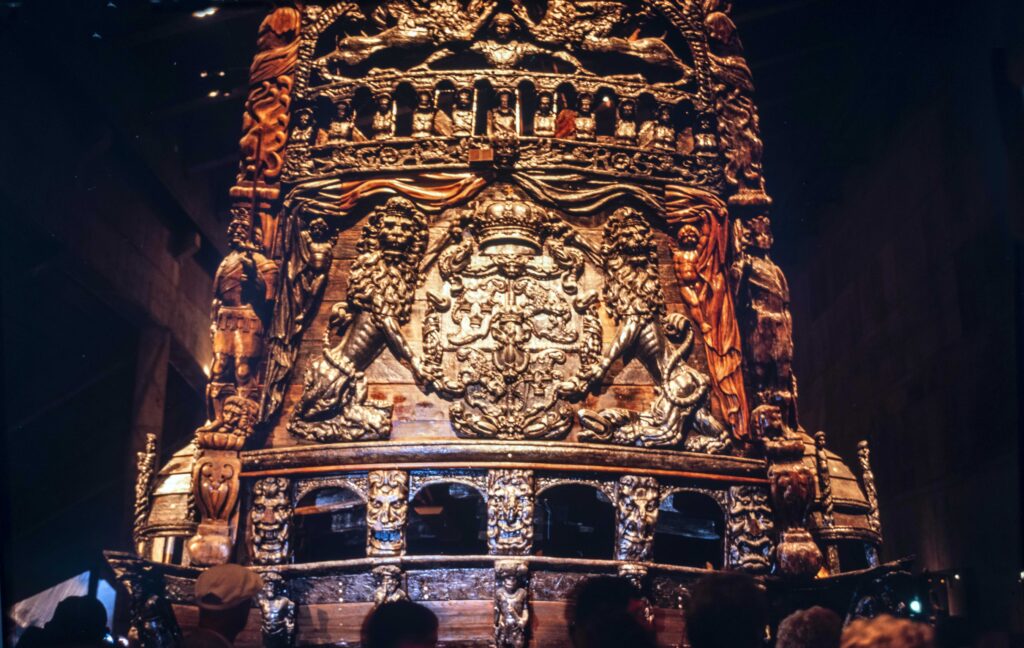
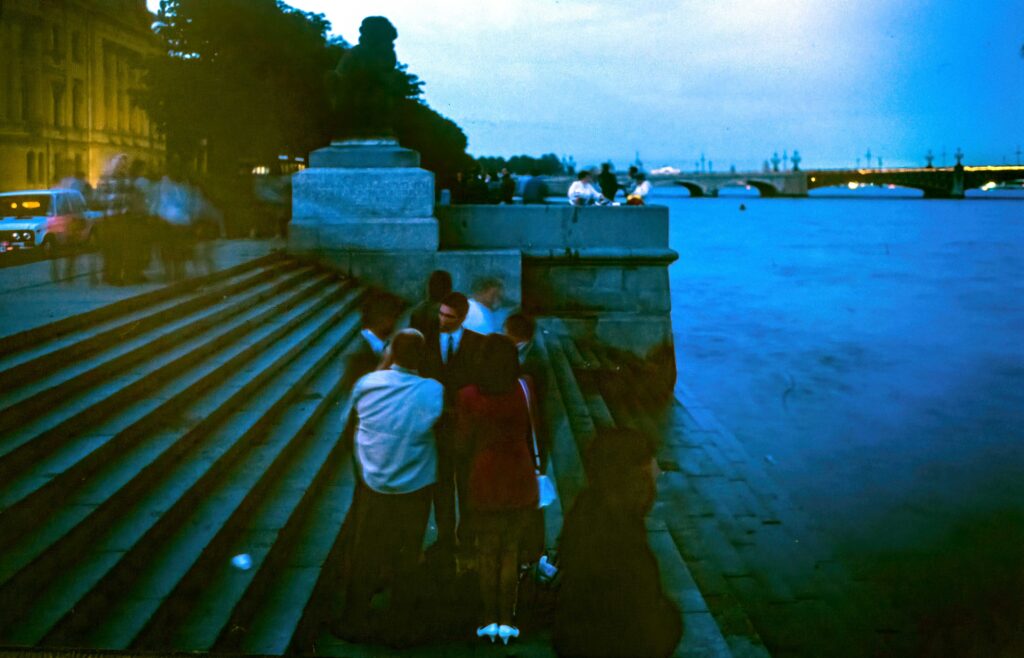
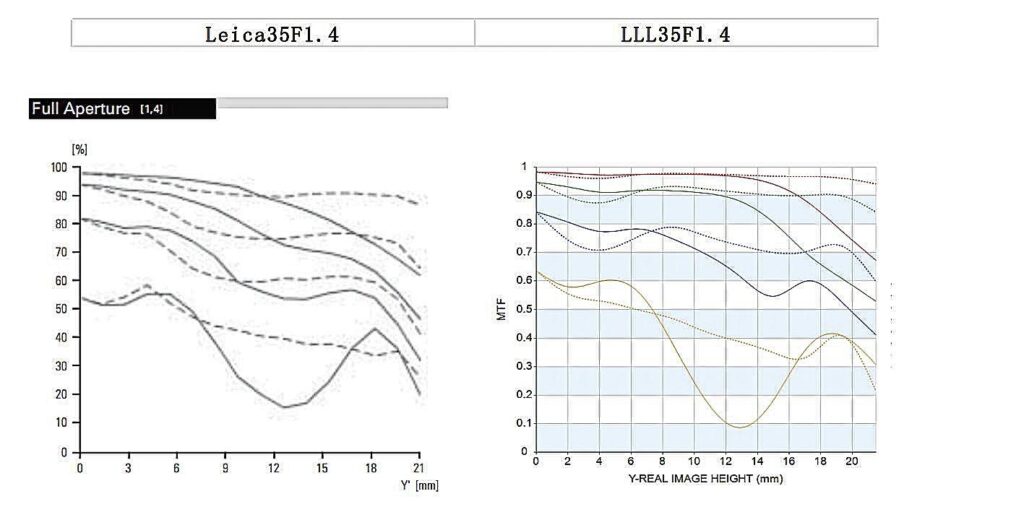
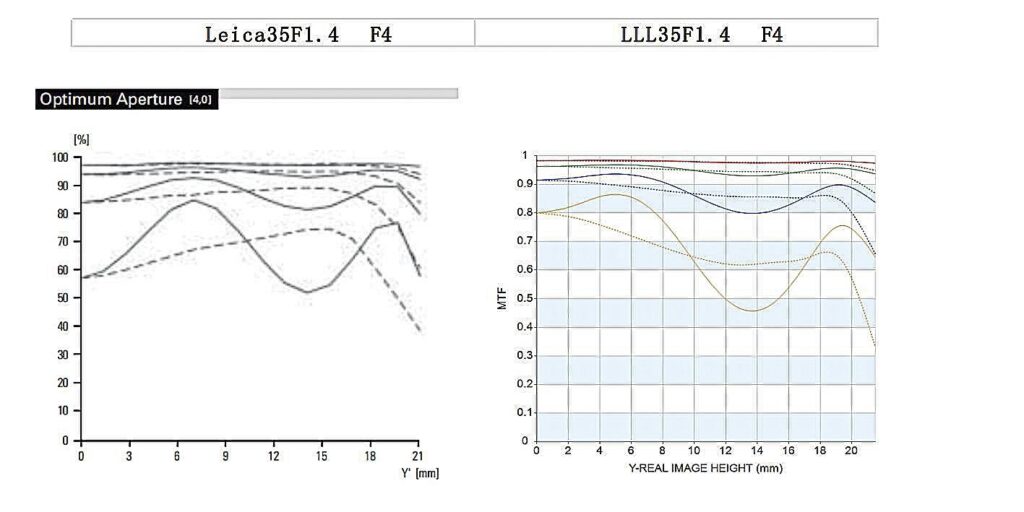
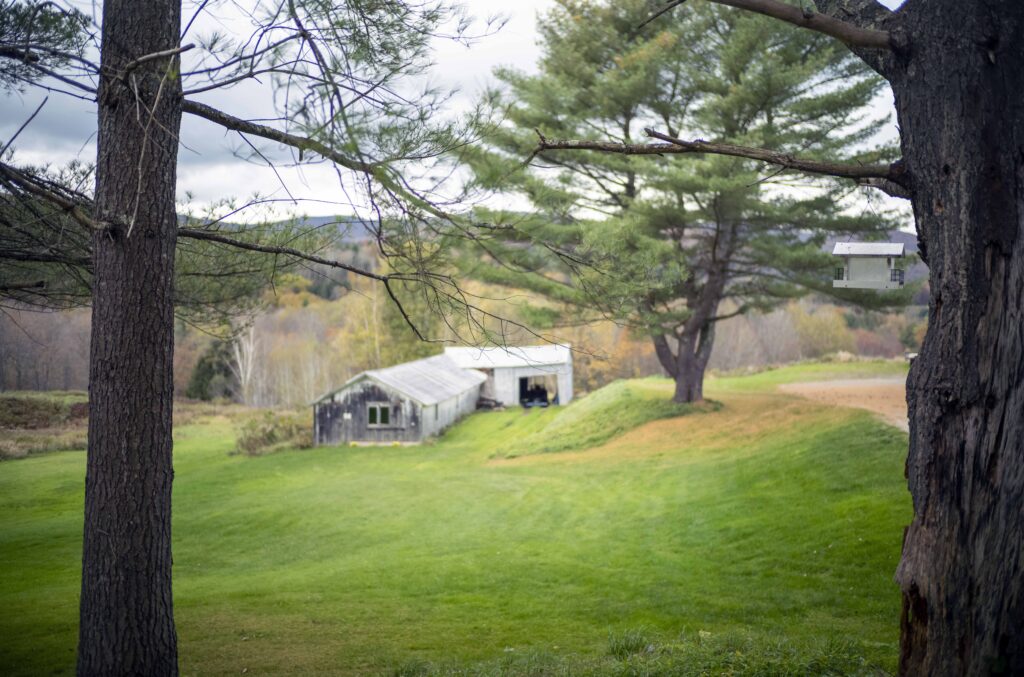
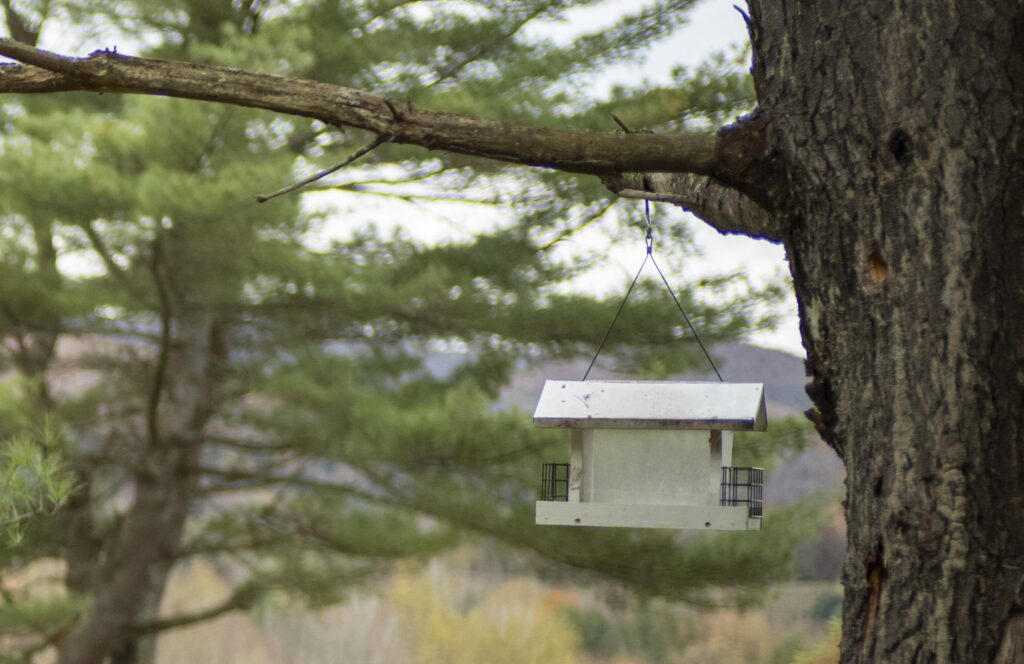
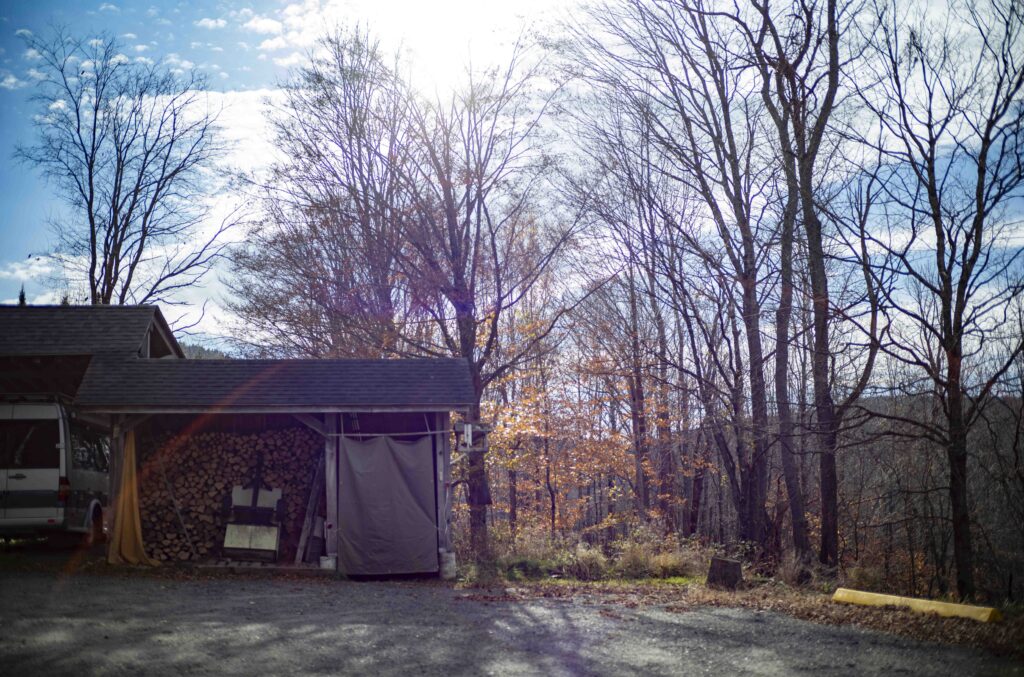
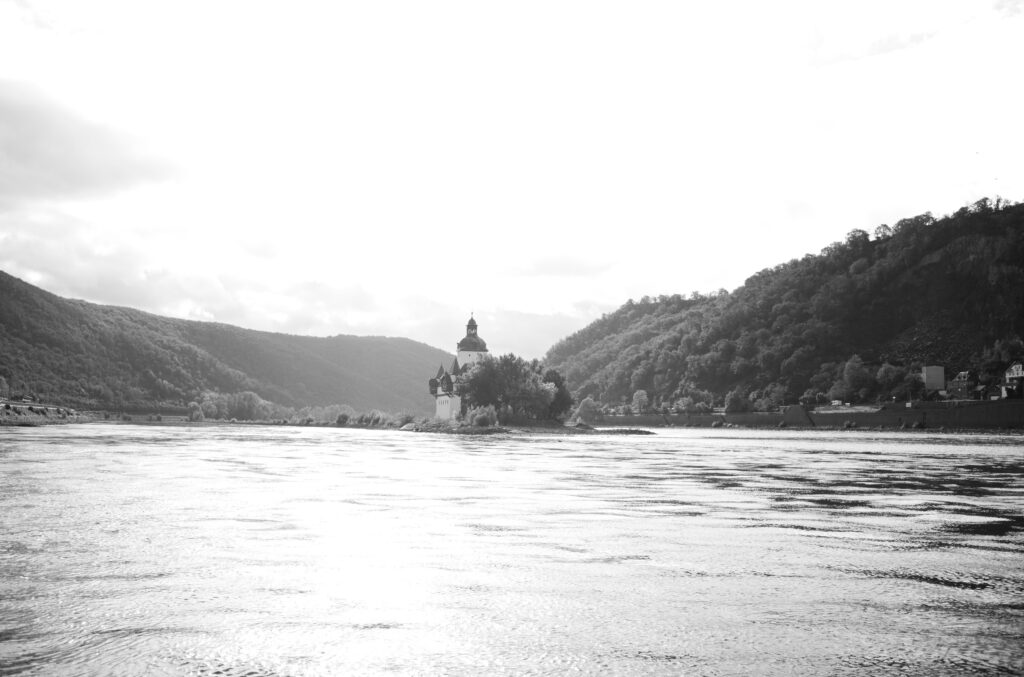
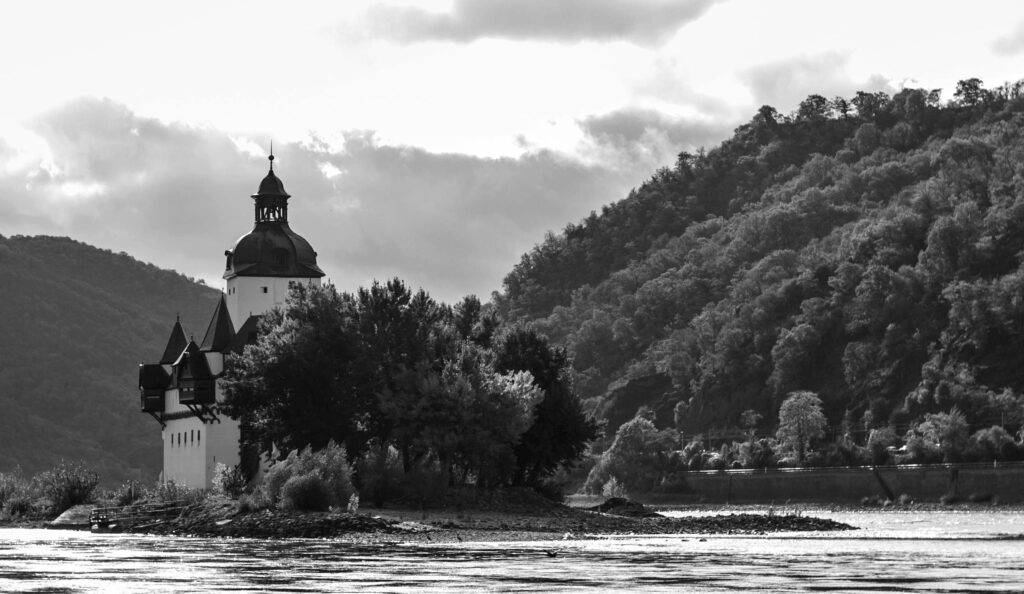
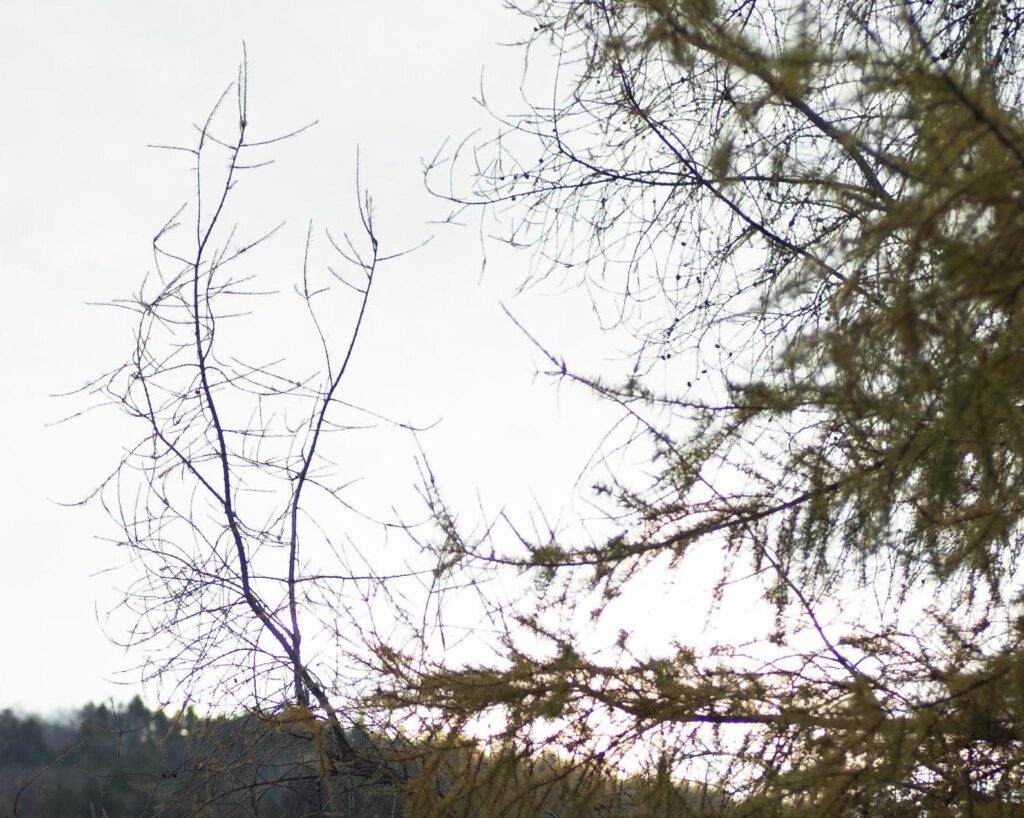
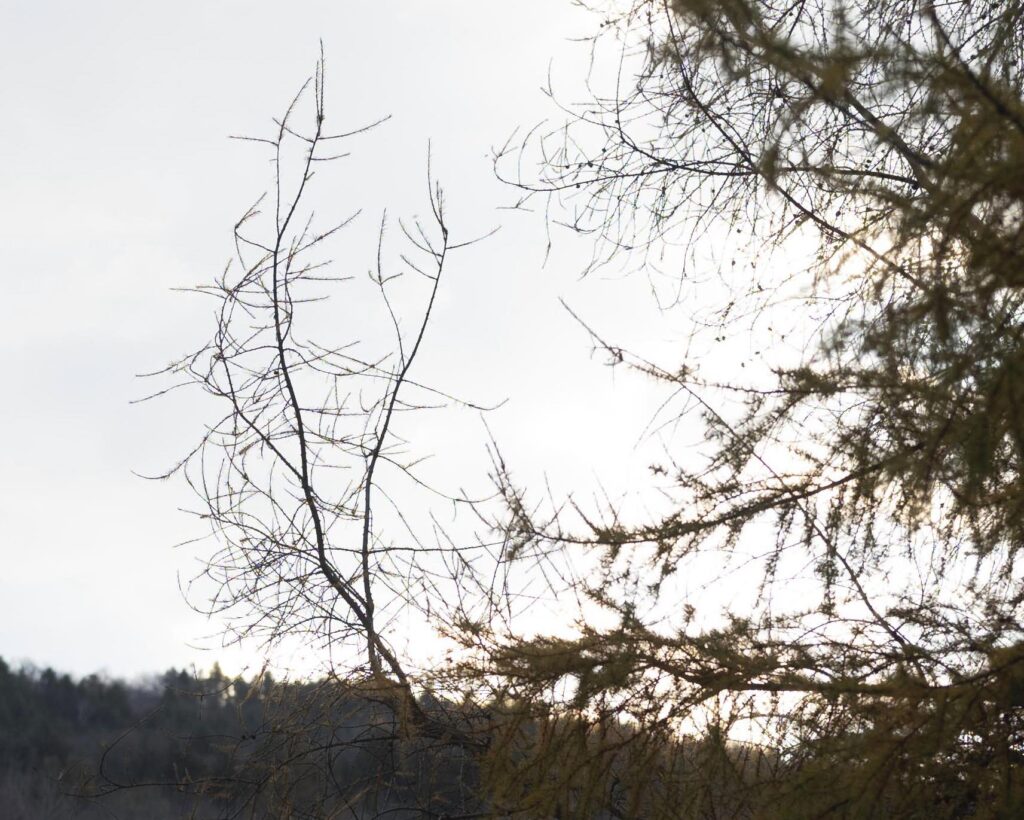
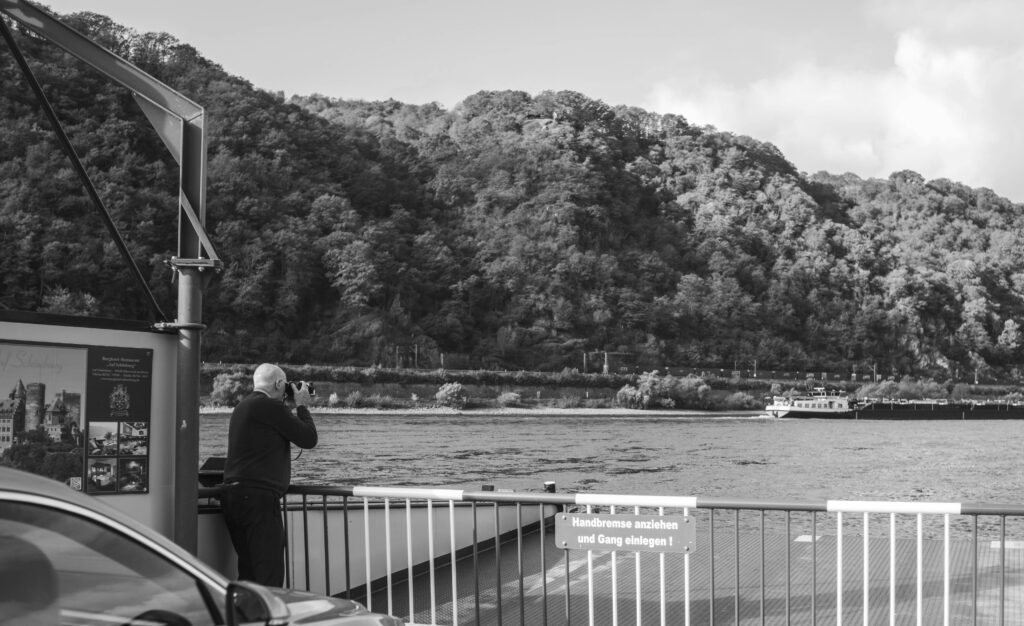
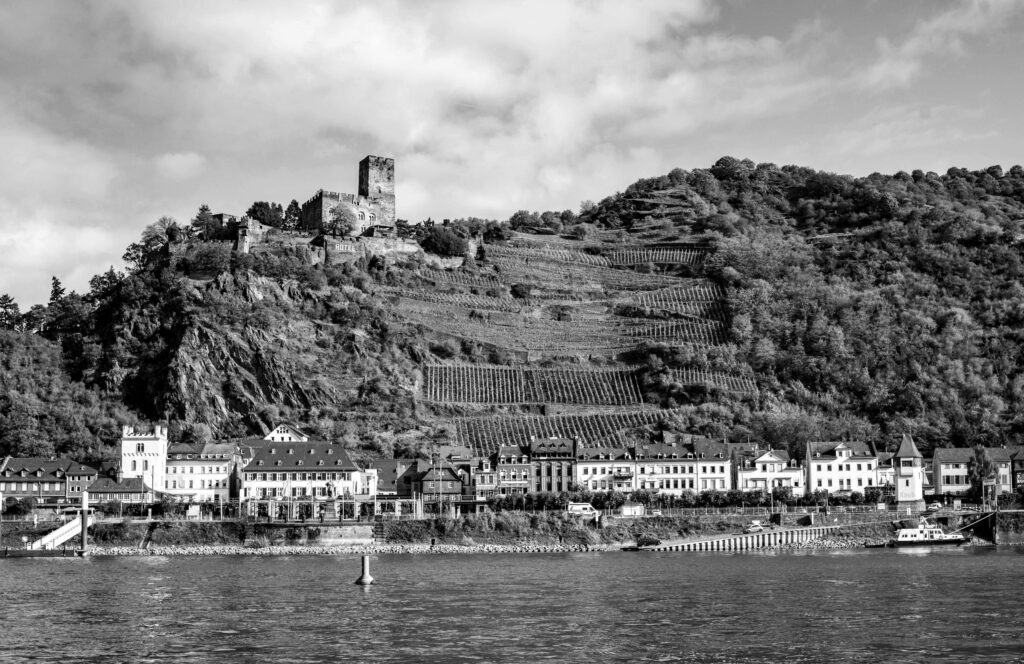
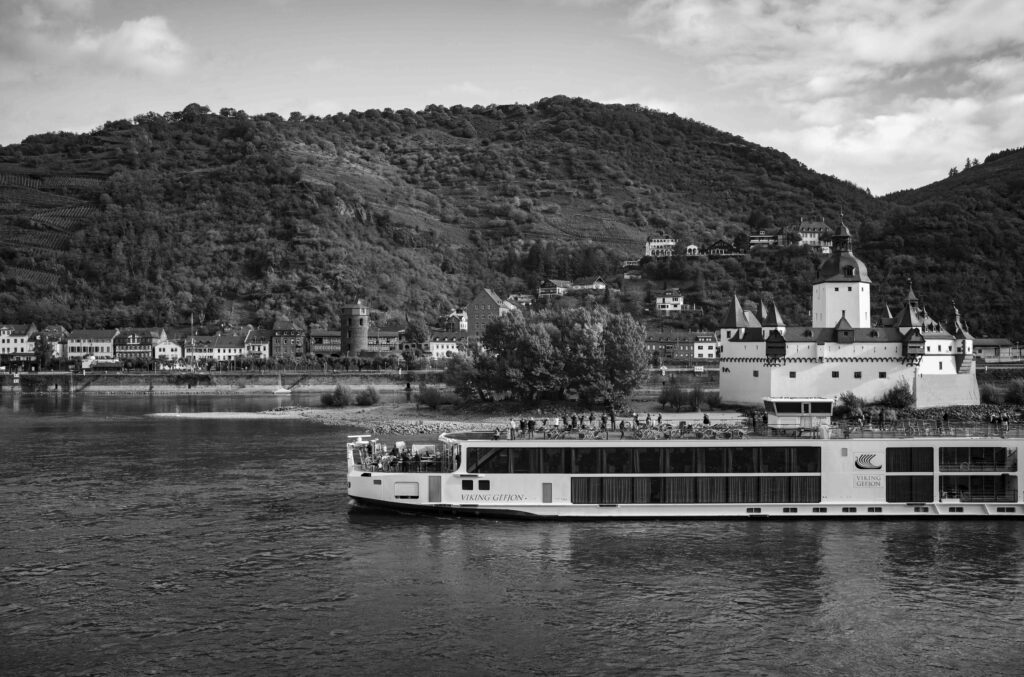
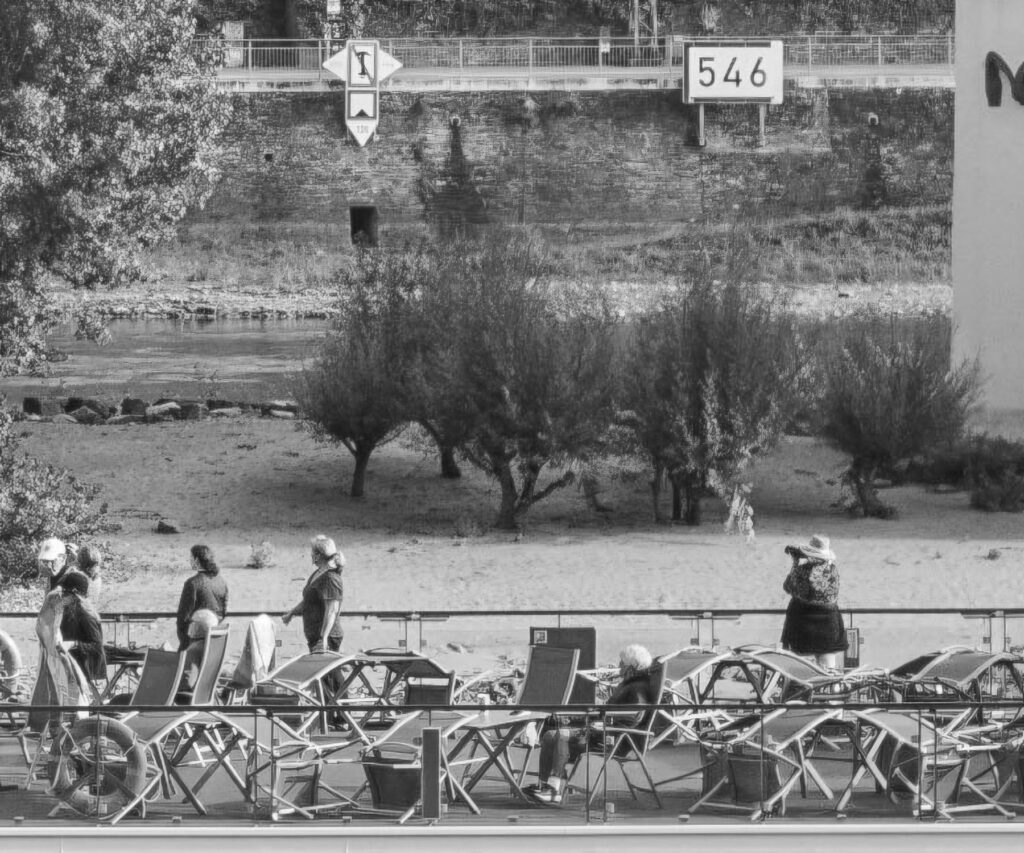
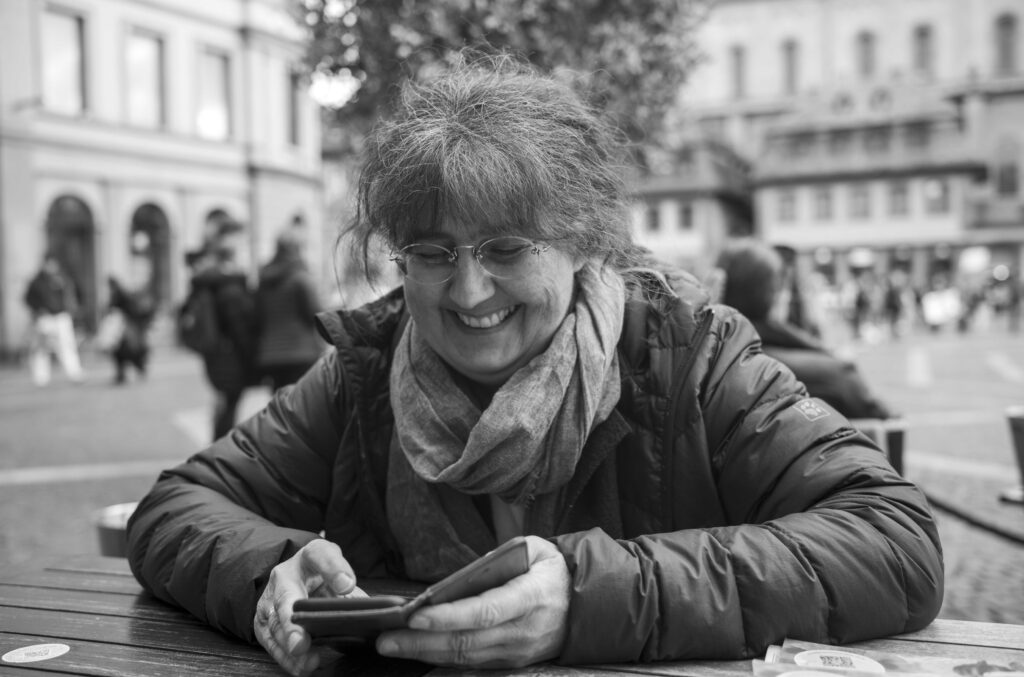
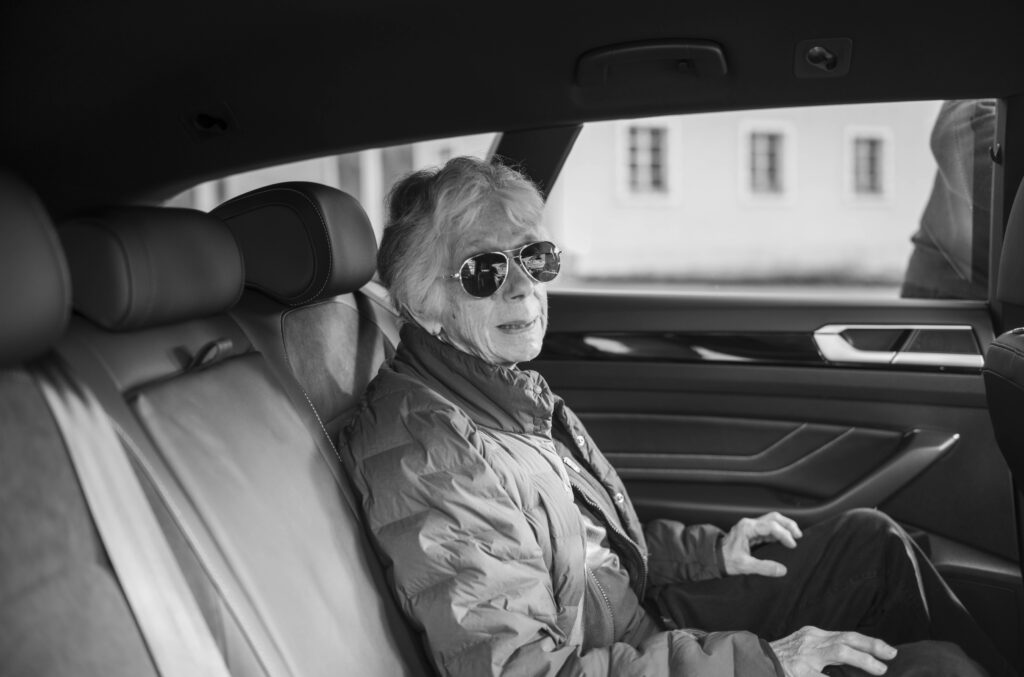
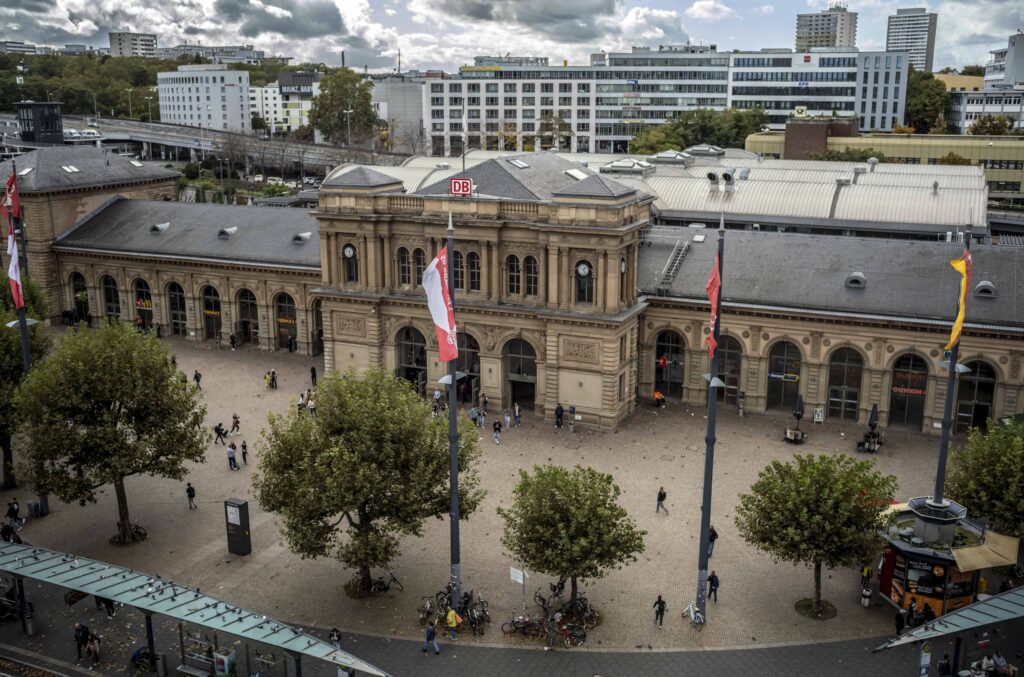
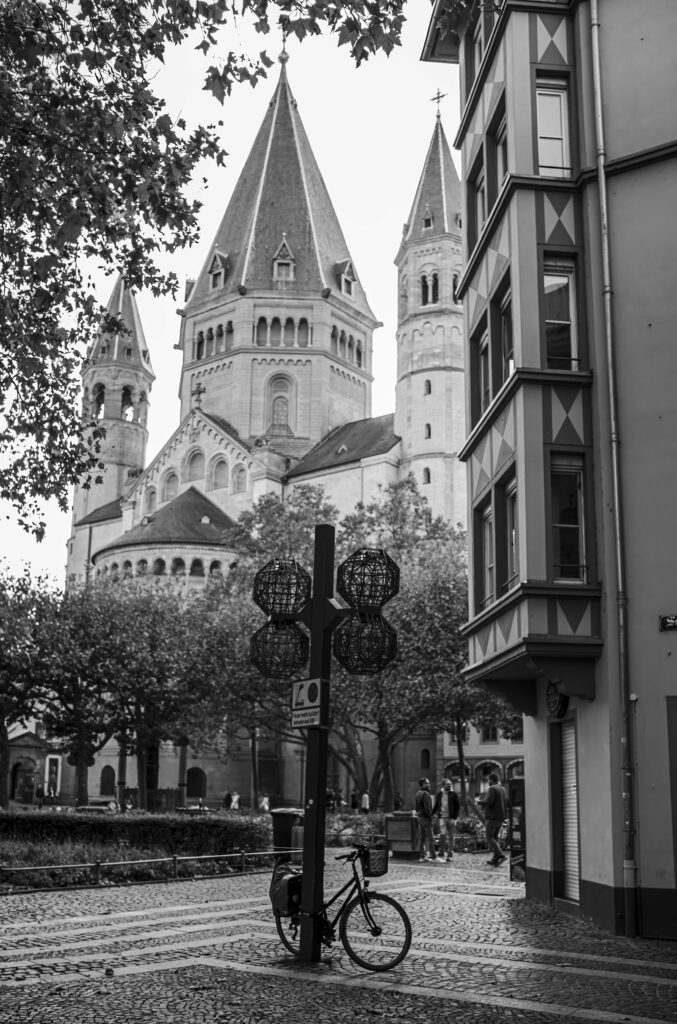
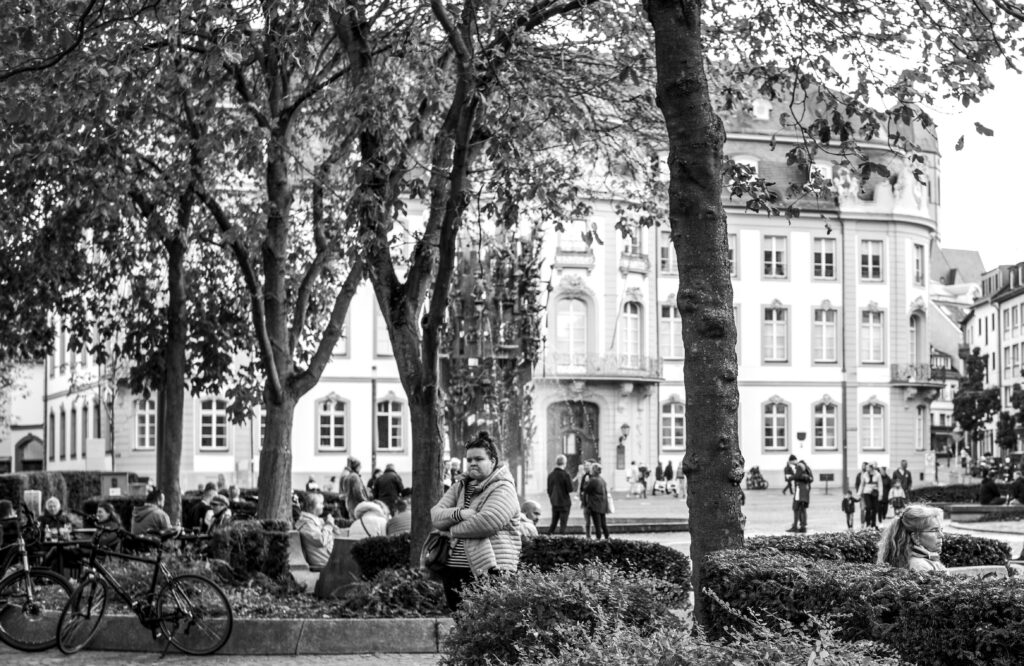
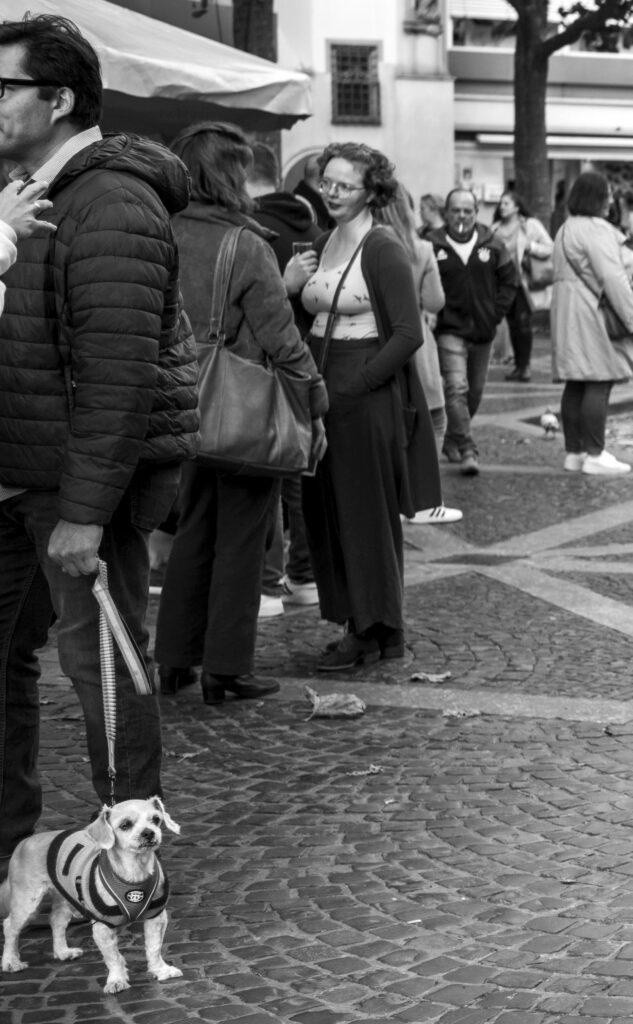
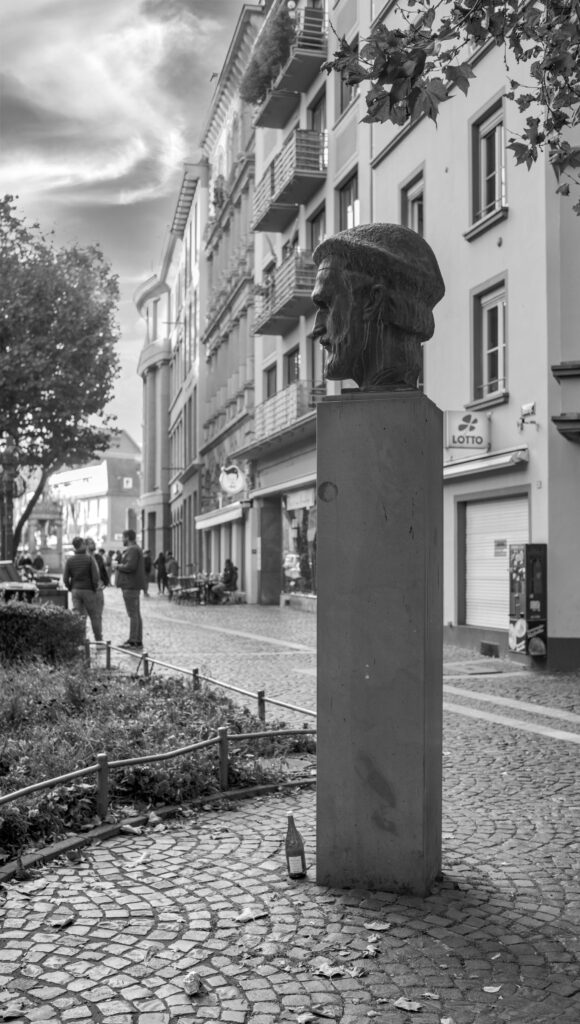
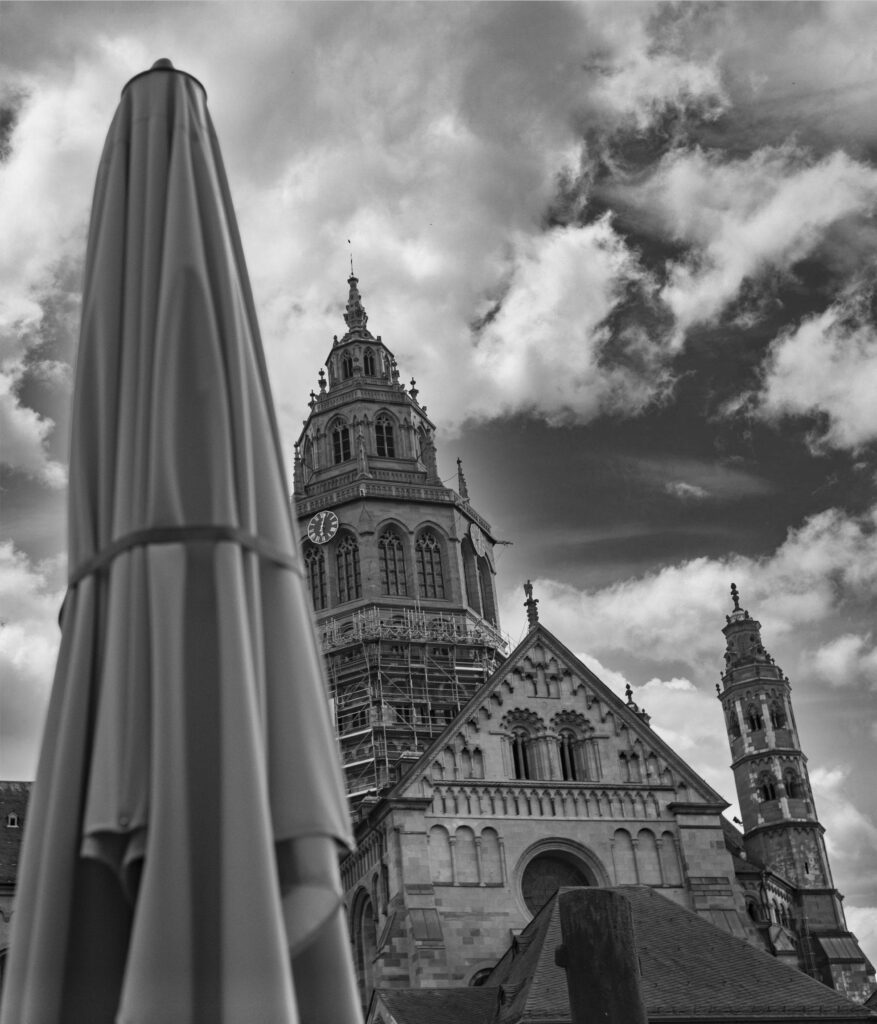
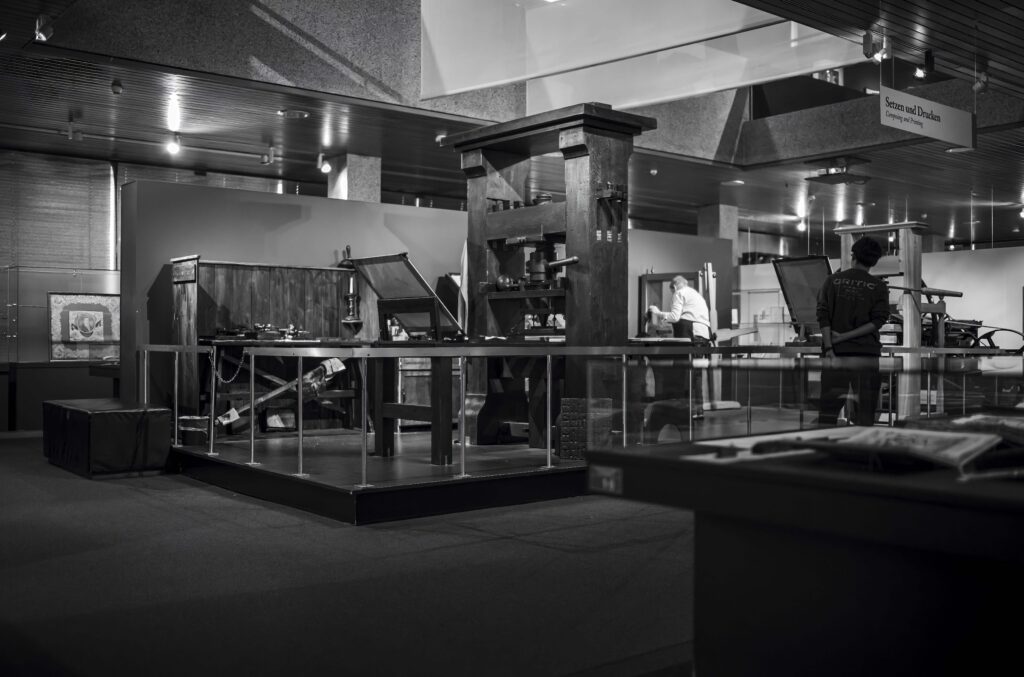
Does anyone have an update on this len’s progress? I’ve been hunting for a 35mm F1.4 for the longest time and this is extremely unique and interesting. Would love to have this for my first LLL lens.
Hi
I hear from a dealer in HK that it is slated for next year. Not sure when.
Meanwhile i got the cooke panchro 50 and have been really happy with it. (My first LLL lens)
Best
Kannan
I am waiting eagerly too. The next two lenses to appear will likely be a updated Rigid 50/2 Summicron, and LLL‘s original take on the 35/2AA, using their own lens formula. And probably much else.
Ed
Hi Ed and Kannan, if it’s timelined for 2025 I am extremely excited for it and will hold out on my first 35mm F1.4 till then. I’ve been consistently hunting for a unique 35mm F1.4 that’s not Summilux or Nokton and light lens lab is something I’ve been eyeing. I missed out on the LLL 28mm elmarit v1 due to a seeing a good deal on a Leica Elmarit 28mm V3. Would love to grab a 35mm F1.4.
having used the original AA i can say that it has no CA even in adverse conditions. the comparison by reddot forum as well confirms this.. AA ia a very unique and superior lens… https://www.reddotforum.com/content/2012/08/the-leica-35mm-f-1-4-summilux-aspherical-vs-asph-fle/
the ASPH (pre-fle)version comes very close to the AA version and a great lens. some internet rumor on focus shift has caused a bad reputation for it ! i have had few copies of the pre-fle version but none of them had a focus shift issue.
Thank you for your reply. I had of course wished I had my old 35/1.4AA to make a direct comparison. I had not seen any obvious CA with my original lens.
I had previously read the Reddotforum article too. It did not say the CA was absent, merely that it had less.
Mr. Zhou implies that one sees more CA with older lenses and new high res digital sensors. The CA I found was subtle, and I know would not have obviously shown up on film for me, or likely not with a 24MP sensor, because it would have been lost in the blur on images enlarged 300x.
If you yourself own an original 35/1.4AA, please shoot tree branches against the sky with an M10 or M11 and show us the results on high enlargement.
Ed
Hi Ed
just saw this
https://drive.google.com/drive/folders/12tn49tJ2vnQ7ojUKsnaiM2Ww3pd7BszA?usp=sharing
there are some DNGs here in the link
unfortunately i no longer own the lens. but i hope these files are good enough
If these are with the original 35/1.4 AA wide open, then they do not show any CA that I can see. Interesting. We will have to await the commercial lens from LLL I guess.
Thanks for the input.
Ed
I too had a number of copies of the Leica 35mm f1.4 asph (pre asph) and tested each for focus shift, Two clearly had it and two did not. It could be due to a number of reasons, either the variation of the asph element in each lens copy, or possibly lens adjustment at the factory or along the way where if the lens is adjusted for best focus at f1.4, focus shift with be in abundance but if adjusted for best accurate focus at approx f2.2, focus shift is kept to a minimum. This same phenomenon is seen with the Zeiss ZM 50mm f1.5 lens which some have reported massive focus shift and others not so much. Thurns out Zeiss initially adjusted these lenses for f1.5 (which exhibited focus shift) and later production for adjustment at f2.2…which exhibited little focus shift.
For Mike – perhaps I was wrong about that glass and Peter!!
Ed
Great article, thank you for this, I really enjoyed it! I also am loving my LLL 50/1.2. I was wondering if you knew what special glass goes in this 35 AA. If the 50 Noct was using 900403 glass, does this one have an equivalent?
Cheers,
Mihai
Mihai – so happy you like the 50/1.2. I eagerly await my own copy.
I had the same thoughts about the glass for the 35/1.4AA, but that sort of information was not in what Mr. Zhou was telling David. SoI think the Leica original did not use such an exotic glass, merely that the two aspheres were still difficult to make by the old fashioned method. Which is why Leica switched to molded ones.
Best wishes,
Ed
Thanks Ed,
That makes sense. I do love nerdy details like that so please do update us here if you find out ✌️
All the best,
Mihai
Is the glass mentioned by Mihai the same as Peter Karbe’s favourite glass which he mentioned during his presentation in Dublin in 2022? Or am I being fanciful?
I doubt it Mike. I was not present in Dublin, but the 900403 glass was what was used in the original 50/1.2, and Leitz apparently ran out of it. I don’t know if Peter was at Leitz then; I doubt it, as he would have been likely in his teens.
It could be his favorite glass, though. Can you tell me more?
Ed
I can’t find the reference although I am sure PK has done a video. All I remember was the “90xx” but that could be a common factor in designations. I know nothing about glass types. I know there is one particular glass, starting with 90, that makes PK weak at the knees (as he told us).
Nice article, nice photos and nice lens, Ed. I did not realise that you had that lens with you in Wetzlar last October when we visited the Leica Archive, the office of Ernst Leitz and the room where the decision to make the Leica was taken in 1924. So, it has had a true ‘Leica blessing’. The issues with the lens can be easily fixed, particularly the fringing, which takes a matter of seconds in Lightroom. I have seen no sign that Leica AG is ever going to use copyrights to stop the production of M mount lenses by other parties. The M mount copyright has probably expired, but the optical formula may still have some current copyrights attached to it. This gives rise to a parallel to the L mount lenses for M mounts, whereby you can get a cheaper lens not made by Leica which will do most of the same things for a lot less cash. As a collector, I normally prefer originals to copies, but the Double Aspheric has long since been in ‘silly money’ territory. The last one, an A-, on the Collectiblend ‘sold list’ fetched over $18K.
William
Thank you William. I think LLL is very aware of patent issues, especially when they are putting in so much effort to re-make something.
Leica often these days upgrades one of their lenses, let’s say for close focus, or for slightly better MTF curves. I have several times bought one of their new offerings, and then seen how they have improved upon it in some way, and wondered whether that newer lens would benefit me in some way, although the old one was just fine. I definitely had this feeling about the 35/1.4 AA. When I did the shoot out with Dick Gilcreast, the newer version had better micro contrast. But I truly loved the AA and it was my workhorse. Thankfully, my finances usually keep me from making frivolous purchases. I might pull the trigger and seemingly buy impulsively (but actually with much prior thought) but rarely frivolously.
I did not use the LLL replica at the actual LSI meeting because of its focus issues. But I agree it did get initiated into the archana of the Leitz legend while still in my camera bag.
Ed
Ed, your lens will have been ‘blessed’ by being in the ‘holy room’ where Ernst Leitz and Oskar Barnack had a meeting of minds in June 1924. If that had not happened 100 years ago, the lens would not have existed and we would not be talking about Leicas here. I have a photo of yourself taken from slightly behind where you are staring into that room, taking it all in. I cannot remember if I sent it to, but I will email it to you later today. I also have a photo of yourself entering Ernst Leitz’s office, just behind our mutual friend, Jay Paxton from Texas. I will send you that as well.
William
Thank you Ed – fascinating story – they are doing a great job.
best